
 $7 billion project ... an artist’s impression of the NDIA.
$7 billion project ... an artist’s impression of the NDIA.
As work progresses at a rapid pace on the showpiece New Doha International Airport (NDIA), the scope and vision of the dynamic project that will place Qatar at the forefront of the aviation arena continues to evolve to ensure that the facilities and level of services offered will be state of the art.
The project – which started out as a $2.4 billion venture in Phase 1, with a capacity to handle 12 million passengers a year – has subsequently grown to be worth in excess of $7 billion, with a capacity of over 24 million passengers a year in 2009 under phases two and 3A, Marvin Lovern, Bechtel’s manager of contracts tells GCM.
Bechtel is responsible for developing the project under a contract which includes design, construction management, and project management of the new facilities covering a site of approximately 2,200 hectares.
Phases 2 and 3A are slated for completion in 2009 but the schedule is currently being revised in view of the changes to the original plan, he says.
Billed as an architectural icon of the Middle East, the NDIA would be the region’s first airport built on reclaimed land. Around 40 per cent of the greenfield airport sits on land reclaimed from the sea. Dredging work has been completed in a record 18 months and the project is well on track for a first phase opening in 2009.
NDIA is expected to be the most technologically-advanced airport in the world when it opens in 2009, in all areas of security, safety, aviation technology, passenger convenience and operational efficiency. It will include a passenger terminal complex capable of handling 24 million passengers, a separate Emiri terminal, a cargo terminal building with a capacity to handle 750,000 tonnes per year, the world’s largest catering facility with a capacity of more than 85,000 meals a day and the largest aircraft maintenance facility, including a hangar with two door-openings spanning 150 m and 220 m, respectively, and capable of handling three of the A380s at a time, according to Lovern.
Considerable progress has been made on the project, Lovern says, indicating that 26 major contracts have been awarded to date of the 33 contracts that will encompass a total of 63 packages. In addition, Bechtel will also nominate 14 subcontractors for the major contractors.
Among the most recent tenders to be released was one for the air traffic control equipment, while the imminent contract award appears to for the aircraft maintenance hangar project. Two consortia have been shortlisted for the contract which is expected to be announced this month: the first comprising Greece’s Aktor, the local Darwish Engineering, Italy’s Cimolai and Cyprus’ Cybarco and the other a joint venture between Construction Development Company (CDC) and Takaneka, he says.
“This hangar will have an air conditioning system that will lower the temperature inside the hangar from 50 deg C to 26 deg C in just 30 minutes,” he says.
Passenger terminal
The construction of the airport’s $807 million state-of-the-art passenger terminal – contracted to the Sky Oryx Joint venture, including Taisei Corporation and TAV – is well under way.
Following a decision taken in 2005 to expand the airport, the passenger terminal will have a built-up area of 350,000 to 400,000 sq m up from the 200,000 sq m original envisaged and 40 contact gates, up from the previous 24 as well as 14 remote gates.
The passenger terminal will play an important role in conveying the aspirations of Qatar. Reflecting the terminal’s ocean-side setting, the roof will be wave-like in structure. The transparent façade of the terminal beneath further emphasises its classy curves.
Inside the terminal, the design focus has been on the creation of a spacious, but efficient and convenient airport experience. The result in a multi-level building with arched columns, skylights and finishes that enhance the feeling of space. The concourses will be comfortable, attractive and spacious.
The passenger terminal is designed so that all passenger transfers can take place under one roof. Short walking distances between gates and shorter connection times between flights, ensure that passenger waiting and walking times are minimised.
An extensive central area, through which all departing passengers will walk through, has been designed for duty free, other retail, food and beverage, amenities and airline lounges. Around 25,000 sq m of space devoted to retail facilities.
The terminal will also have a 100- room transit hotel with health and entertainment facilities.
Considerable thought has also been given to the exterior of the facility. Featuring a beautiful man-made lagoon and strategic landscaping, the intent has been to create a lush green space to complement the airport’s natural bay and water-side setting.
The airport will feature 1,091 check-in desks; 28 outbound migration desks; 50 inbound immigration desks; 12 baggage claim carousels; and 40 security screening stations. It will provide parking facilities for 3,371 vehicles. It also includes a 2,130 sq m public mosque.
In line with the expanded terminal space, facilities for vehicle parking, airline support facilities and utilities have also been increased accordingly. Additionally, two new cross taxi-ways will be constructed with service tunnels below, connecting the midfield and passenger terminal areas.
South Korea’s Hanjin Heavy Industries and Construction was selected for the foundations package for Concourse C while a joint venture of France’s Thales and US-based Arinc has secured the $55 million special systems package.
Emiri Terminal
Construction work is also under way on the Emiri Terminal, on which CDC Takaneka is the main contractor. The 9,000 sq m terminal will provide an elegant gateway for the Royal family, senior government officials and visiting dignitaries. Ceremonial in style, its design once again reflects the NDIA’s waterside setting.
Made up of layers of longitudinally-curved walls with triangular sections, the exterior walls are reminiscent of high nautical sails. These rise up through the higher, wide areas of the terminal where the main majlis is located, and through the glazed roof above. The main entrance will overlook a spectacular Emiri lagoon with distinguished water features. The Emiri facilities will include private quarters for the rulers, press and business centres, and significant security features.
On the airside of the two-level Emiri terminal will be the grand, ceremonial podium where military-style parades can be held. The ceremonial facilities will also include a reception hall and a large majlis containing 100 seats. Alongside the podium will be parking facilities for two aircraft with jet-side bridges. Meanwhile, wide pavements will provide access by limousine for private receptions.
The terminal also separately houses the ministers quarters featuring a large 40-seat majlis, partitioned in several lounges, as well as a private suite. This section of the terminal again features a press area and small business centre. For VVIPs or those travellers using private aircraft, the Emiri Terminal includes a separate private area, with passport facilities and security.
Other facilities
Other facilities under construction include the centrally-placed airport traffic control tower, which will provide the central control between the two parallel runways and airside facilities at the NDIA. It will be an elevated, triangular-shaped structure, topped by a glazed control room, 80 m above the airport. From here, control staff will have unobstructed views of all aircraft movements, on runways, taxiways and aprons. Seen by passengers from all over the airport, the tower will also be visible by city residents, providing another stunning landscape structure for Doha.
The contractor on the project is Consolidated Contractors International Company (CCIC).
The airport will feature runway, one of 4,250 m and the other reputed to be the longest in the world at 4,850 m, which was designed specifically to take the new superjumbo A380s.
Phase 3A includes an elevated automated people mover (APM) which will consist of two parallel lines. Bechtel are in the final phase of awarding the tender, Shortlisted for the contract are Lietner Poma and DCC Doppelmayr.
Despite the modification, the airport is still set to open in 2009, with mid-2009 being the start of operations, where the period of Airport Operational Ready (AOR) will begin, each phase and service takes approximately six months to complete and be certified.



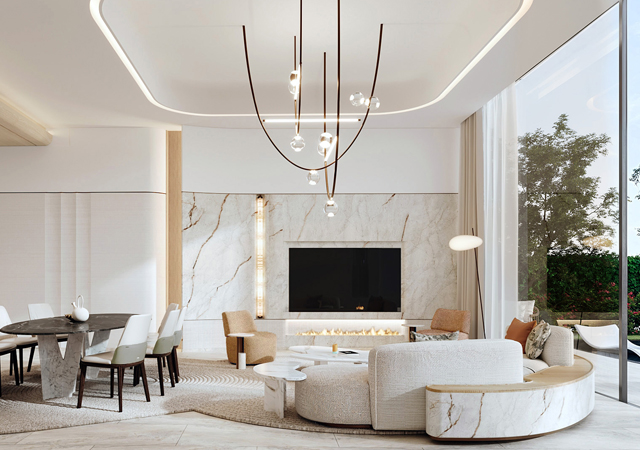
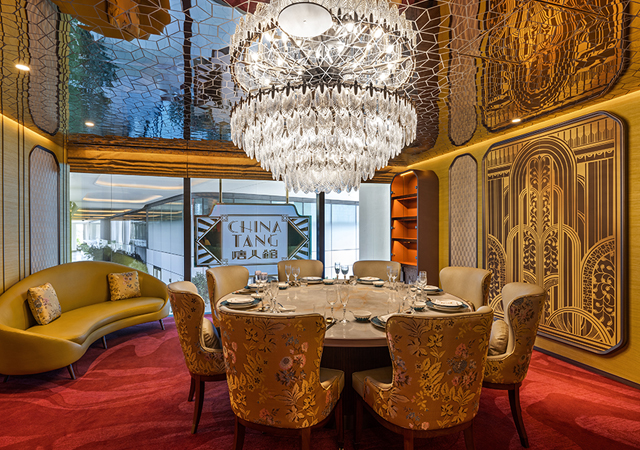
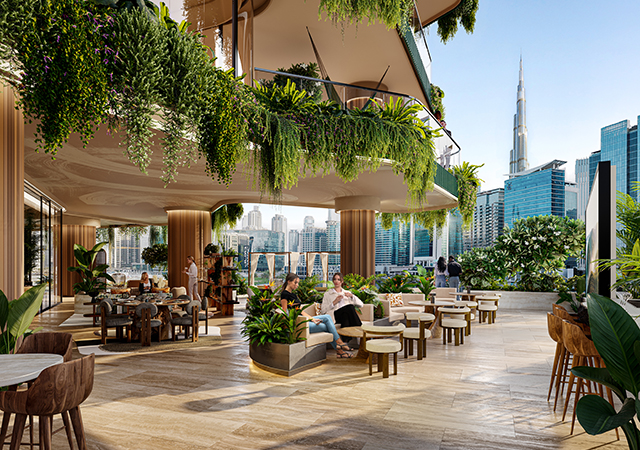
.jpg)


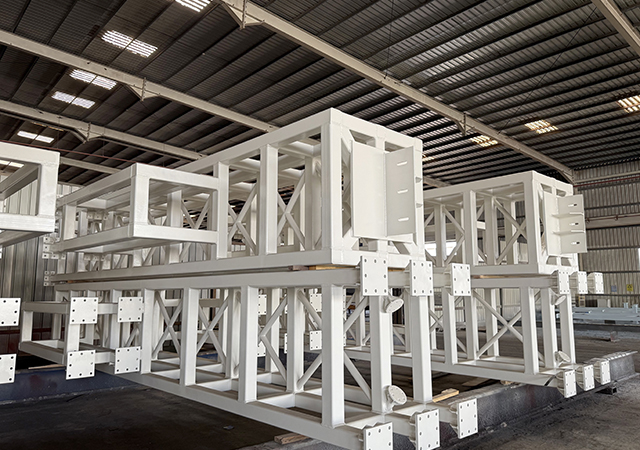




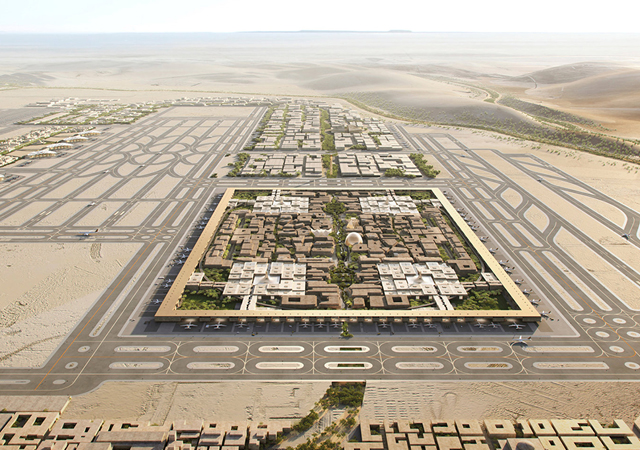
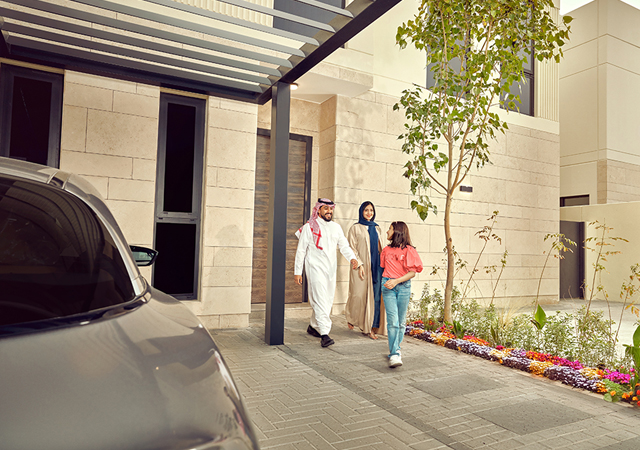
.jpg)




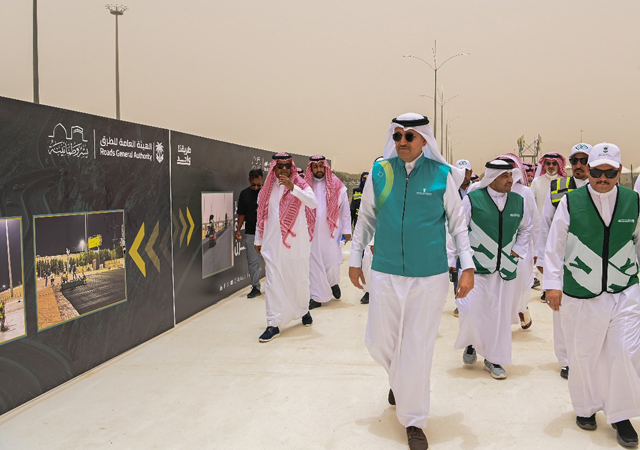

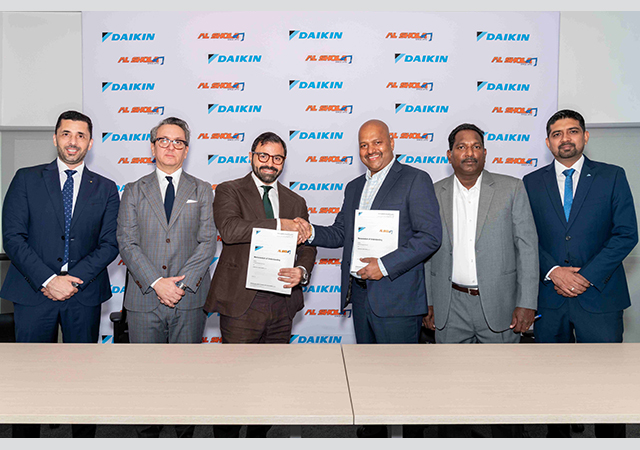

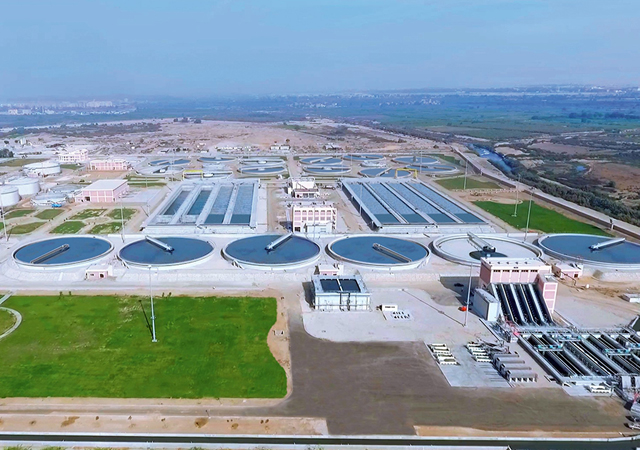
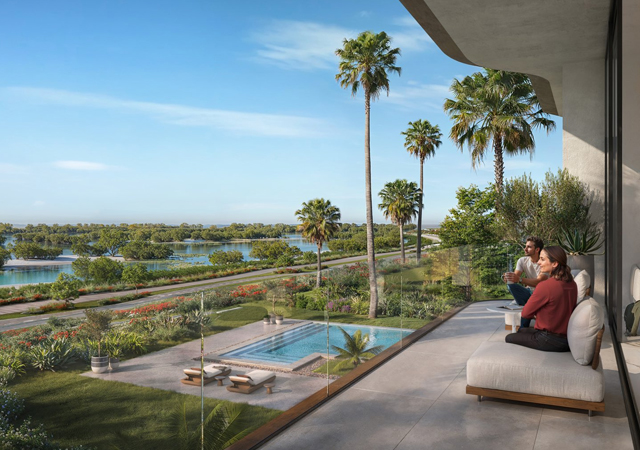
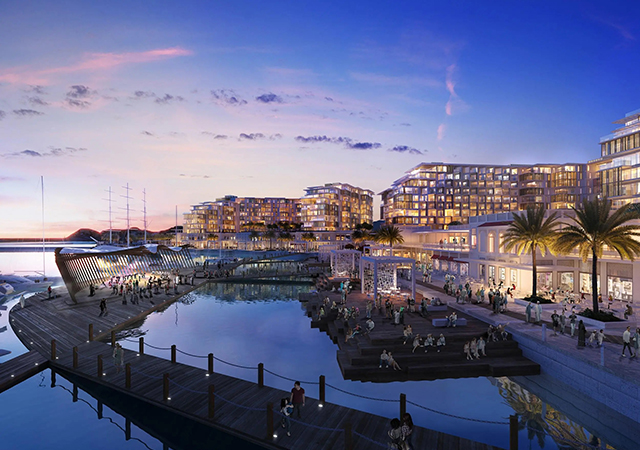

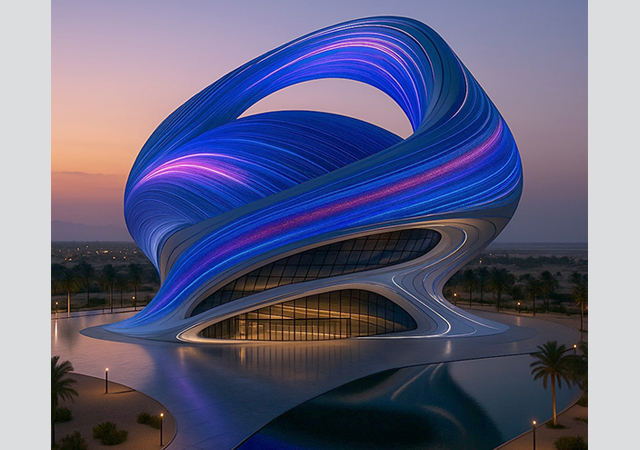

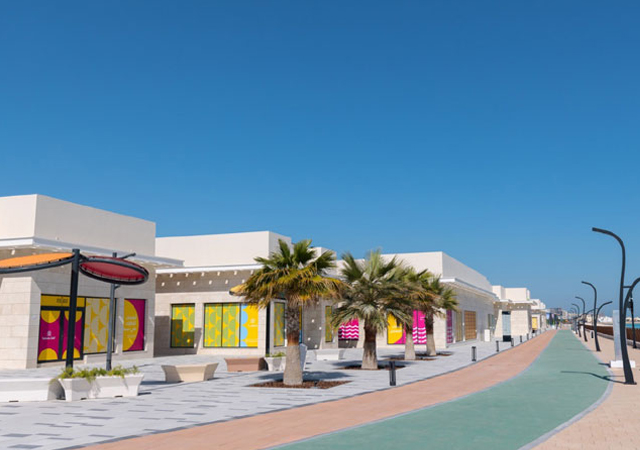

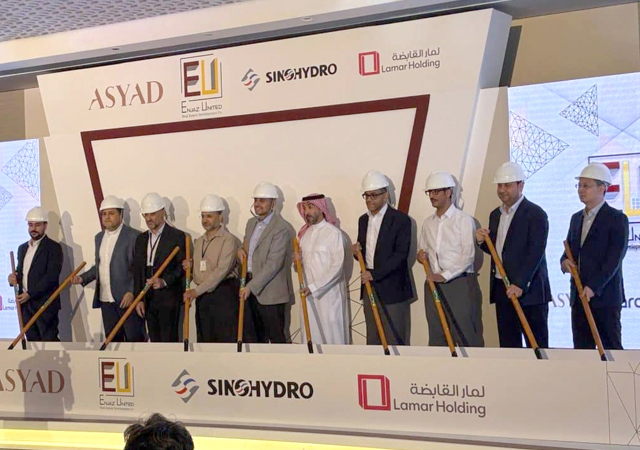
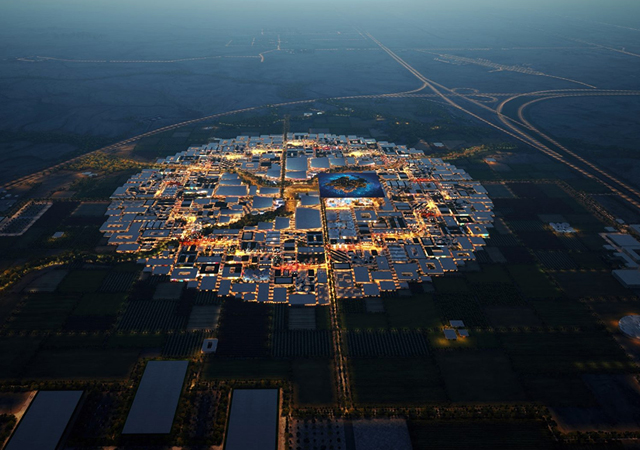
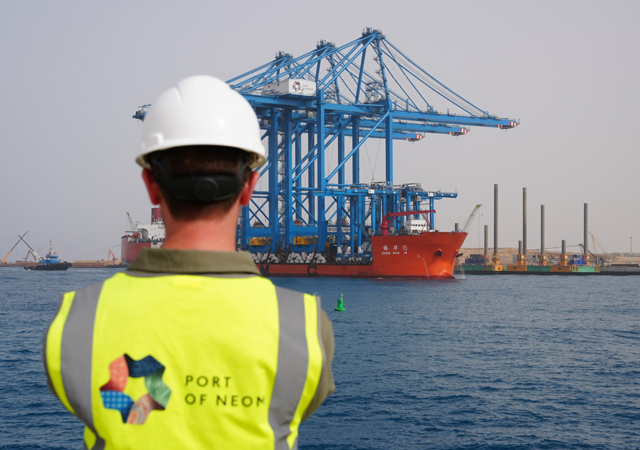
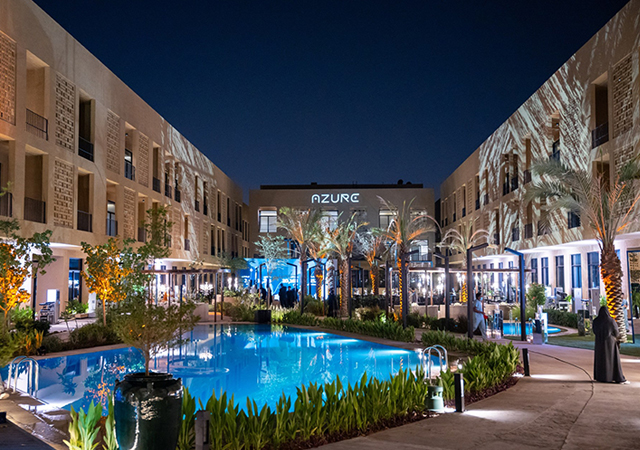
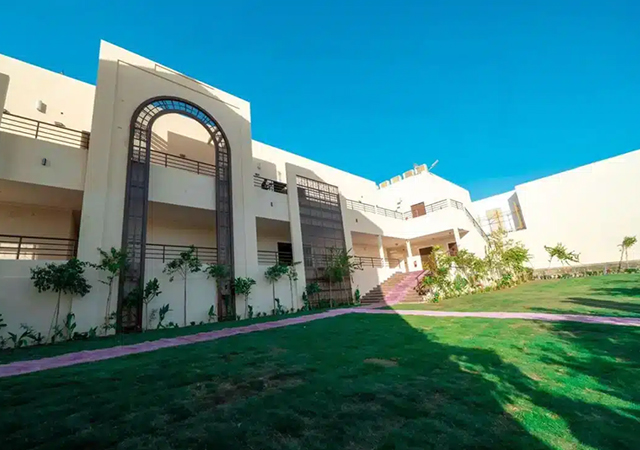


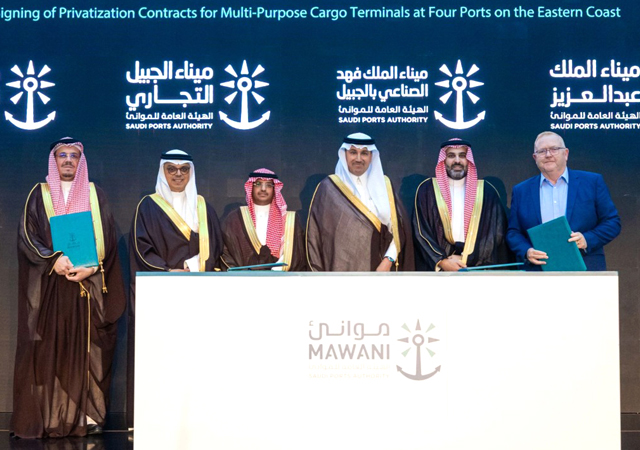
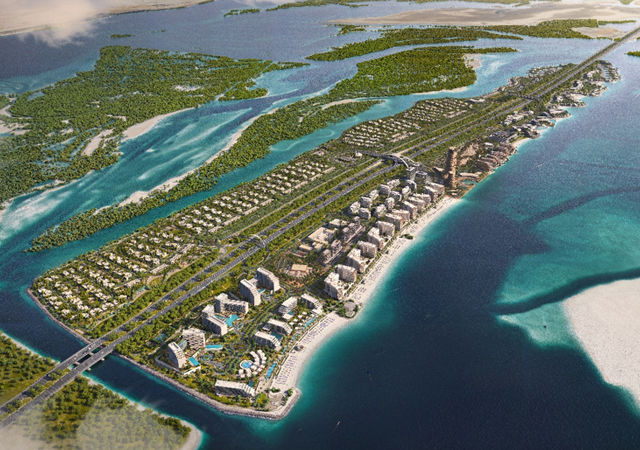

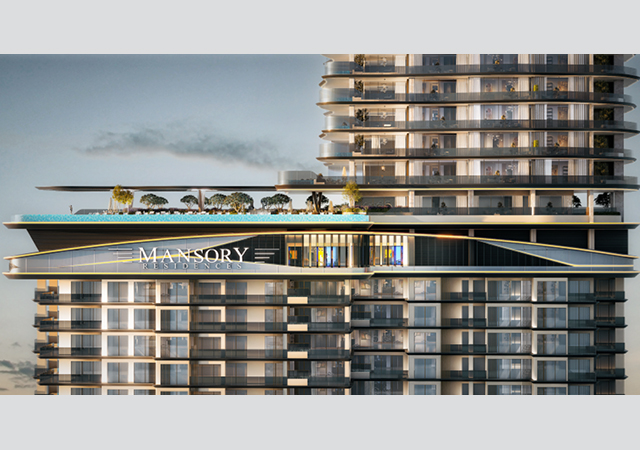
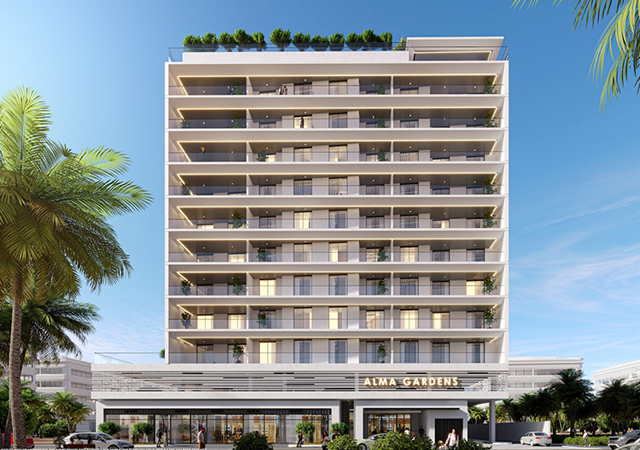

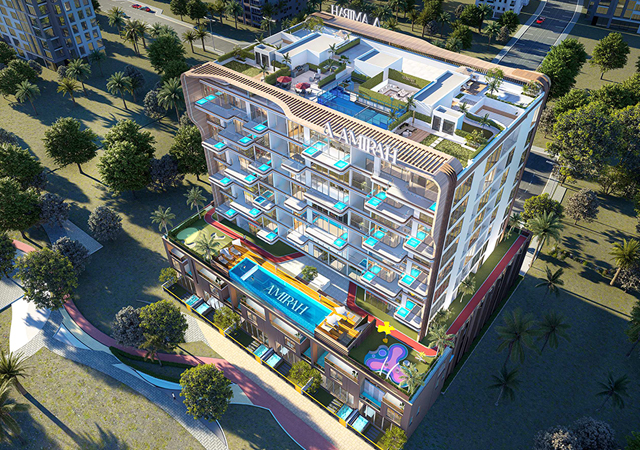
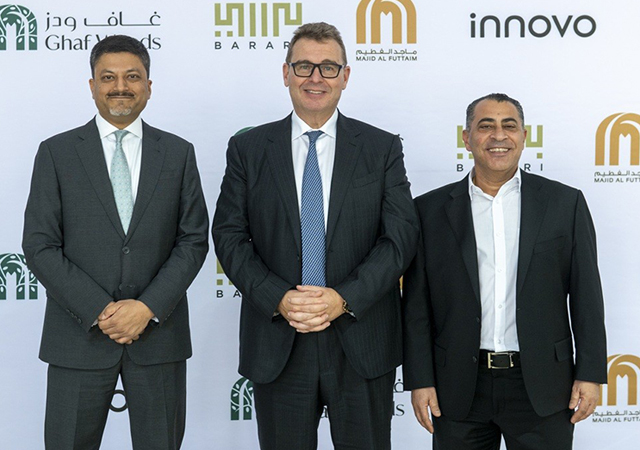
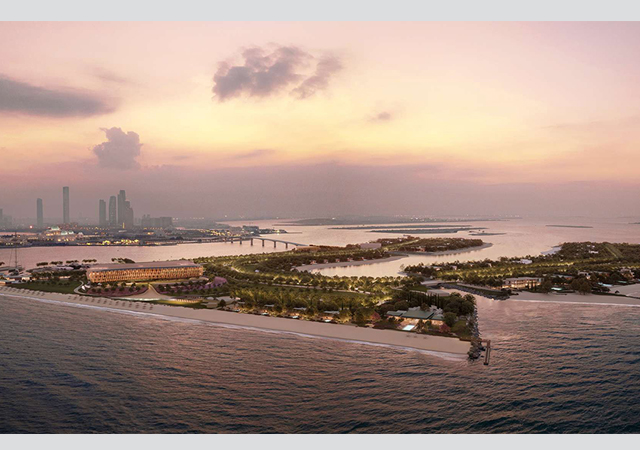
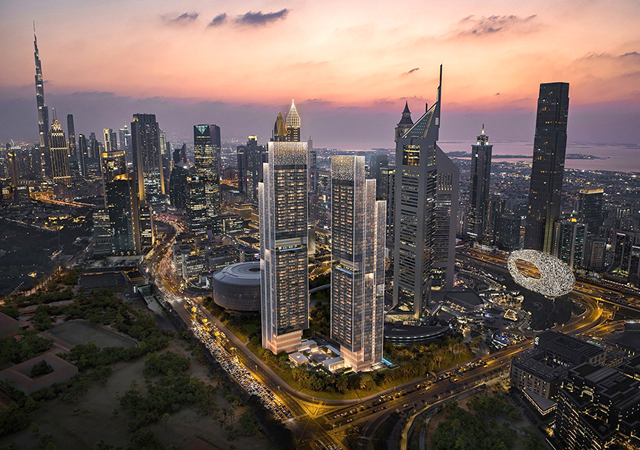
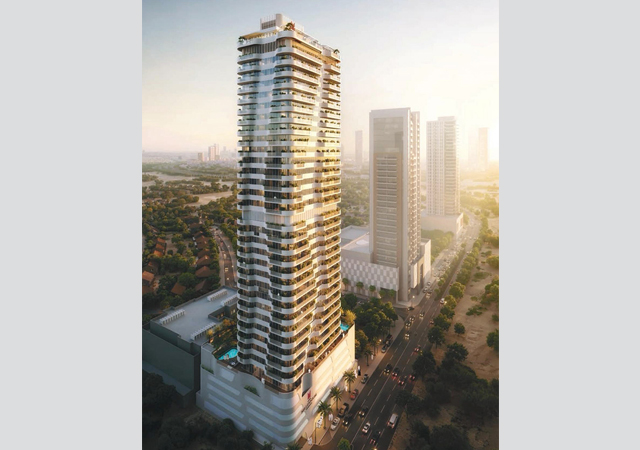
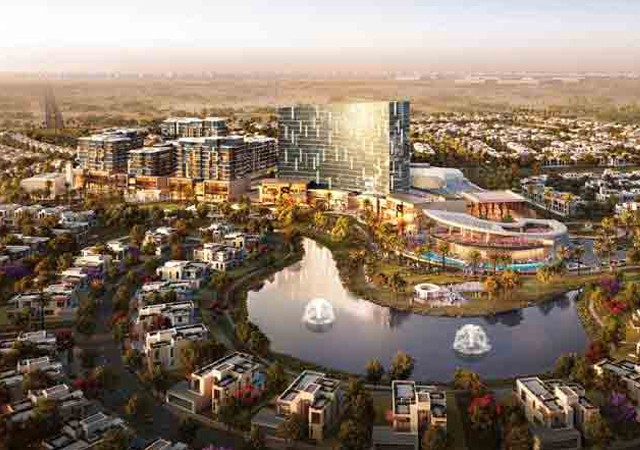
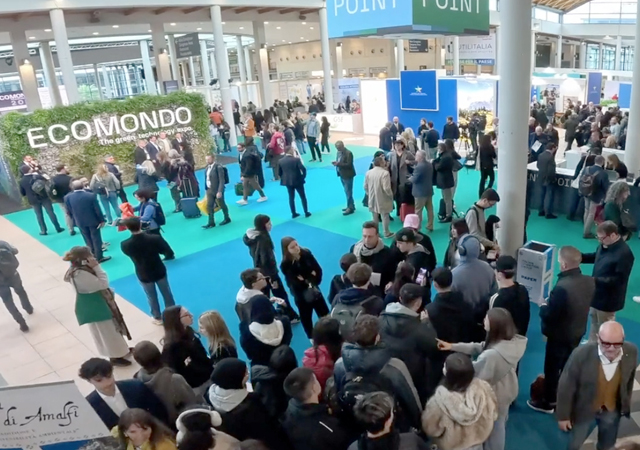
.jpg)


